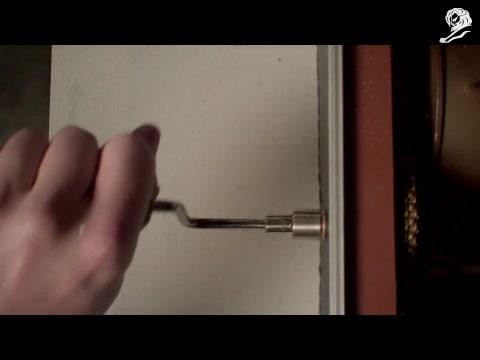Sustainable Development Goals > Planet
TIMELAPSE IN GOOGLE EARTH
GOOGLE, New York / GOOGLE / 2021
Awards:
Overview
Credits
Overview
Background
For the past 15 years, billions of people have turned to Google Earth to explore our planet from endless vantage points. You might have peeked at Mount Everest or flown through your hometown. Since launching Google Earth, we've focused on creating a 3D replica of the world that reflects our planet in magnificent detail.
But our world is changing at an unprecedented pace, and it can be difficult for people to understand the scale of our impact on the planet because of the long time and spatial scales involved.
To make environmental information accessible to all in a striking and universally understandable visualisation we set out to add an entirely new dimension to Google Earth — time.
Describe the cultural / social / political climate and the significance of the work within this context
There is no time left to take urgent action on the planet - every politician, company and individual should be making it their priority. Google is in a unique position to help inform and inspire people with its data expertise and products.
Although the data and science is out there, it’s still not always easy for people to truly visualise the scale of what is happening. Google Earth can uniquely use satellite data to show people how the world is changing with their own eyes, inspiring them to take action.
Describe the creative idea
With Timelapse in Google Earth, satellite photos from the past 37 years have been processed and added to Google Earth to create a fully explorable 3D view of our planet through time.
Now anyone can witness nearly four decades of planetary change on a fully explorable globe on g.co/timelapse or see our world change like never before through one of the 800+ 3D Timelapse clips we made available to download as free, ready-to-use MP4 videos.
To help users explore our changing planet, we created 5 guided tours, complete with more information and context, around the thematics of forest change, urban growth, warming temperatures, sources of energy, and our world’s fragile beauty.
We created a launch film to announce the project and add a narrative dimension focusing on our impact on the planet and our responsibility towards it. https://www.youtube.com/watch?v=5W-zPqrGQWA
Describe the strategy
We wanted the launch of Timelapse in Google Earth to reach a mass audience, turning the addition of a feature to Google Earth into a worldwide debate about our world, how we are changing it, and the possibility to see this change in a whole new way in Google Earth.
To achieve a large-scale reach, we relied on the imagery created using the Timelapse in Google Earth dataset and the publicly available video creation tool Earth studio.
We created footage of more than 800 3D timelapses of places which changed in the most dramatic or interesting way.
We turned these shots into a hero launch film, with an emotional message and call to action “What will you think, what will you do when you see our world changing before your own eyes”, and 3 thematic films around our Forests, Cities and Ocean.
Describe the execution
The experience is entirely created from real satellite data open sourced by Nasa and the European Space Agency and the geographical data from Google Earth.
To create Timelapse in Google Earth, we gathered more than 24 million satellite images from 1984 to 2020. In total, it took more than 2 million processing hours in our carbon neutral data, 100% renewable energy-matched data centers to weave 20 petabytes of satellite imagery into a single 4.4 terapixel-sized video mosaic — that’s a 4 followed by 12 zeroes and the equivalent of 530,000 videos in 4K resolution. As far as we know, Timelapse in Google Earth is the largest video on the planet, of our planet.
We’ll update Google Earth annually with new Timelapse imagery at least throughout the next decade. We hope that this perspective of the planet will ground debates, encourage discovery and shift perspectives about our most pressing global issues.
Describe the results / impact
Within a week of launch, we’ve earned over 1080 articles across mainstream consumer, business and technology outlets, with coverage landing in 84 countries and 45 languages, and more than 760 TV broadcasts globally. The launch film and our Timelapse videos have amassed 5M+ organic views on Google Earth’s YouTube channel.
From governments and researchers to publishers, teachers and advocates, we’re excited to see how people will use Timelapse in Google Earth to shine a light on our planet.
More Entries from Climate Action in Sustainable Development Goals
24 items
More Entries from GOOGLE
24 items




